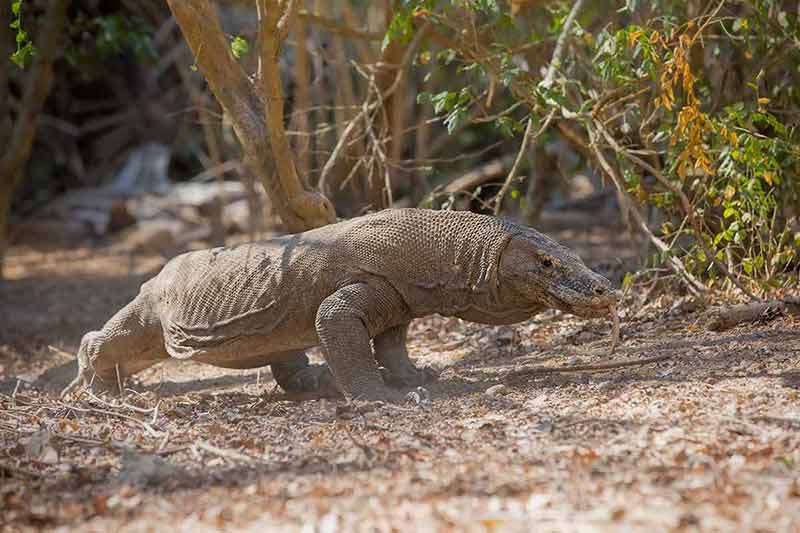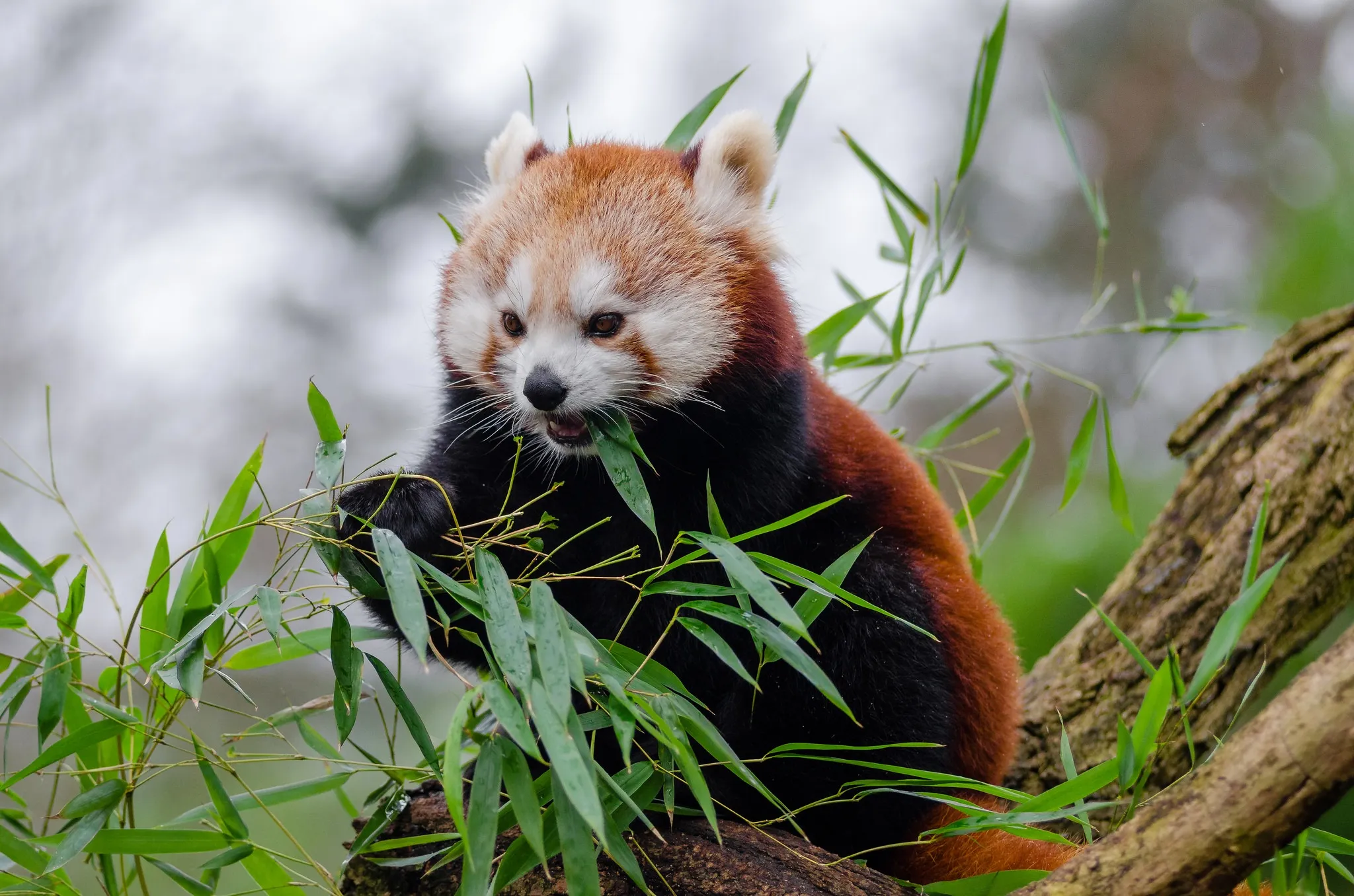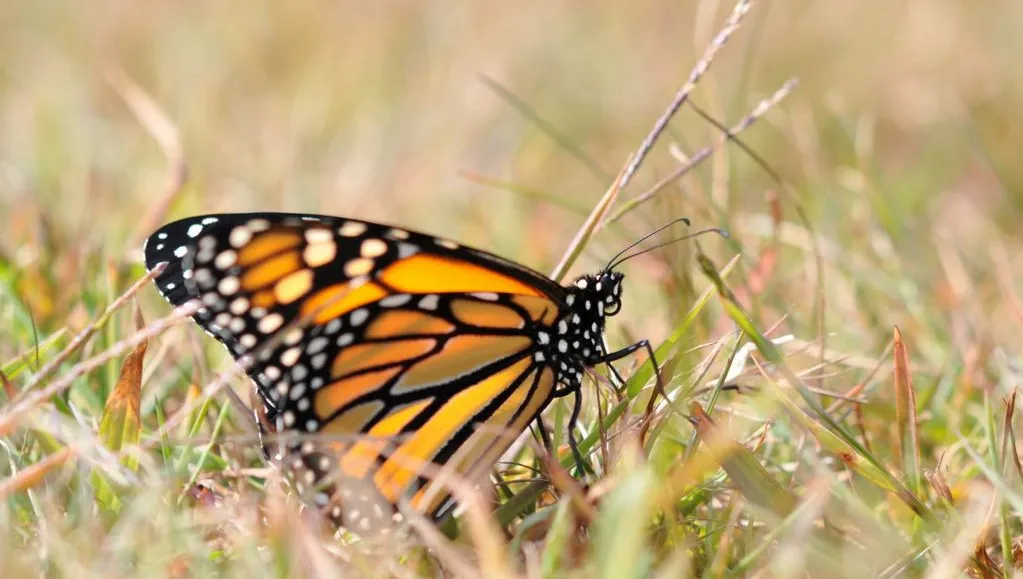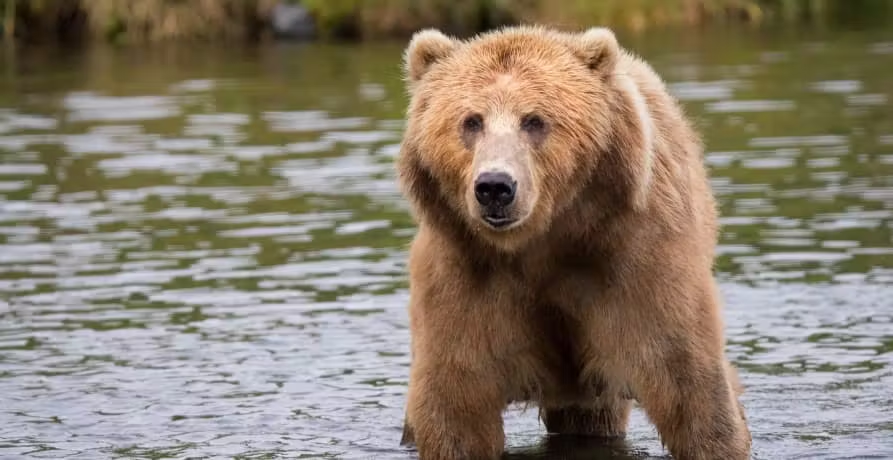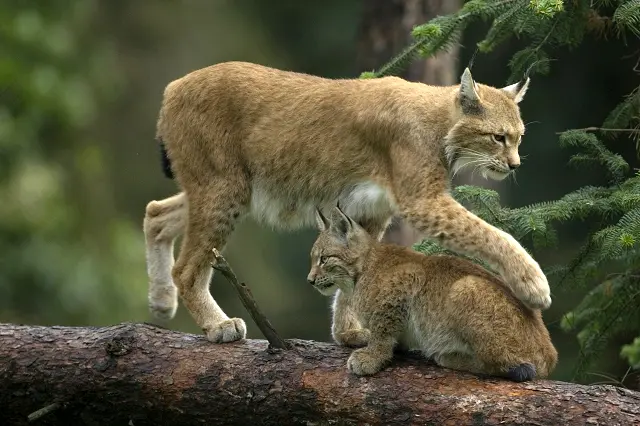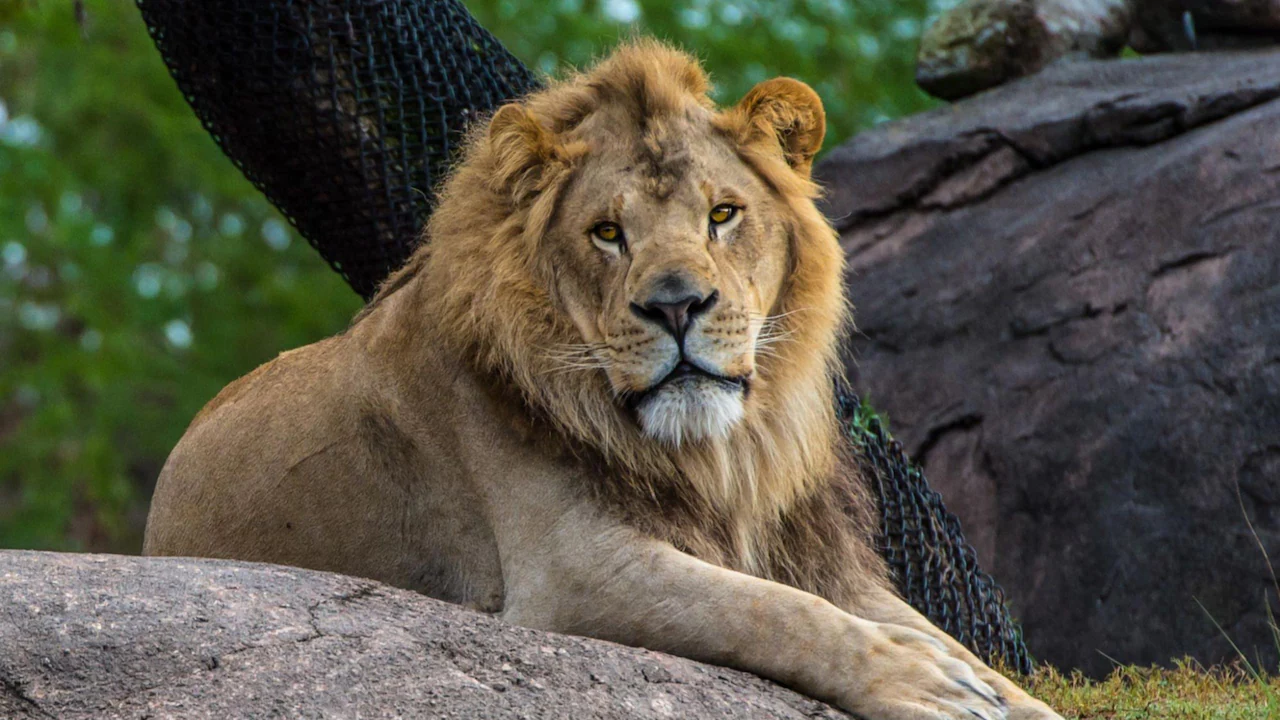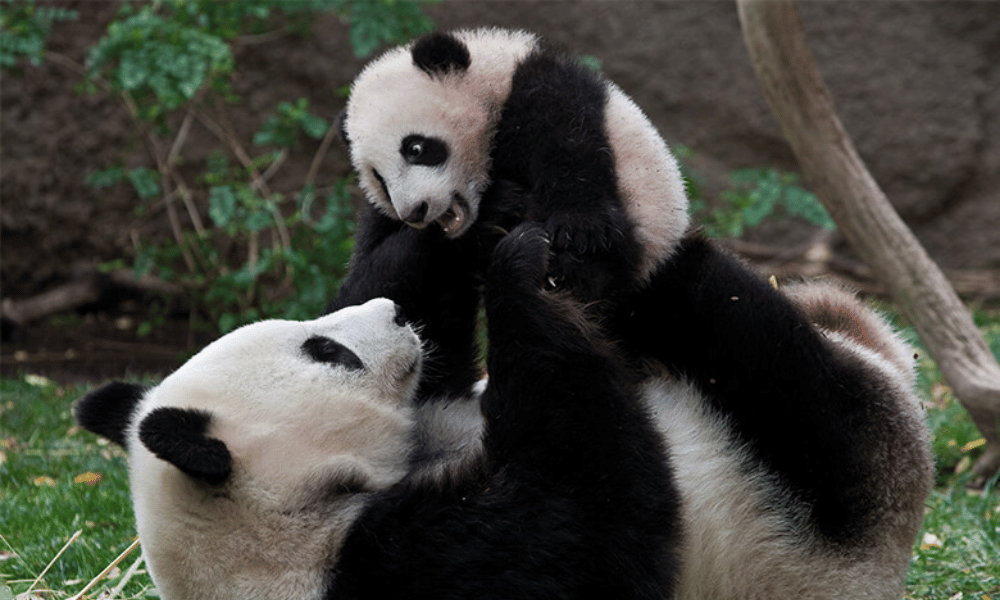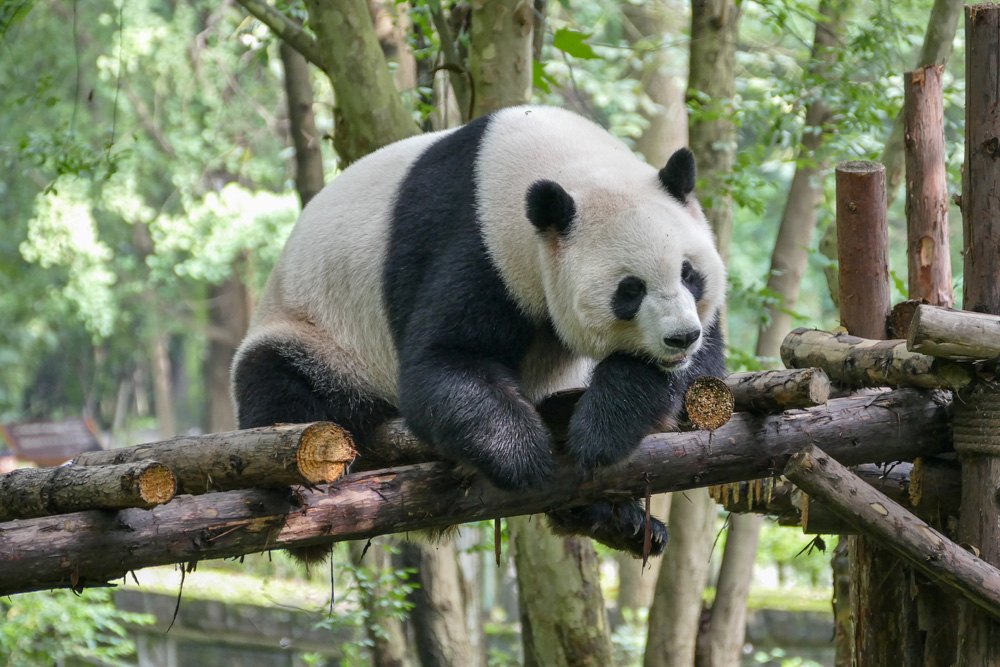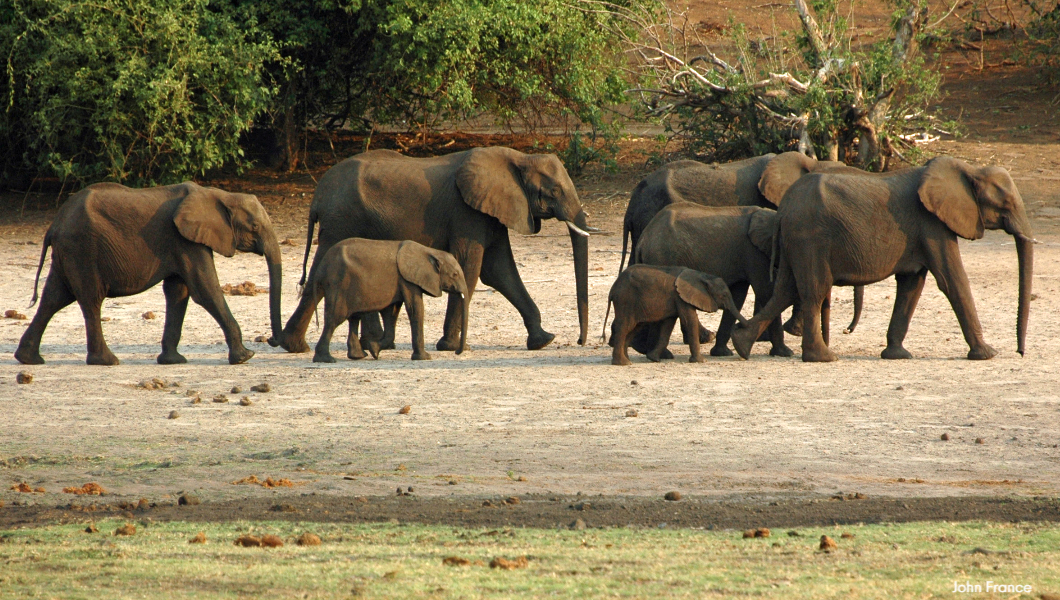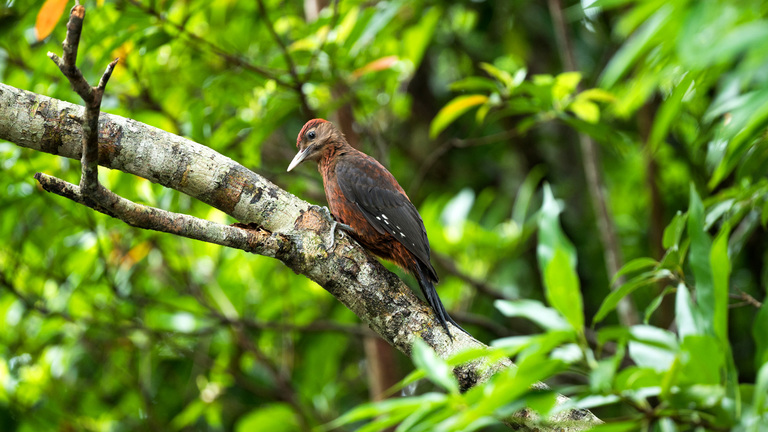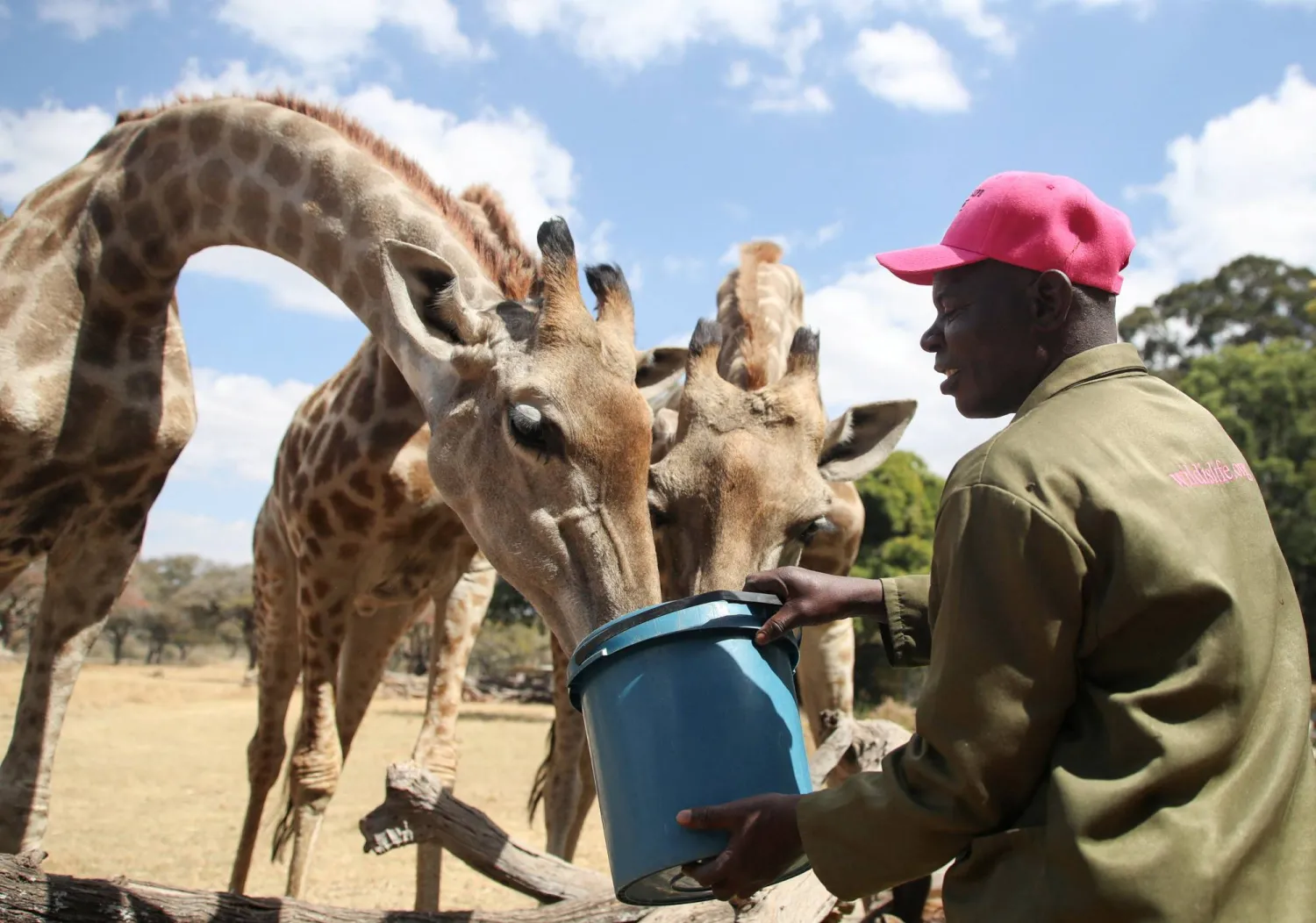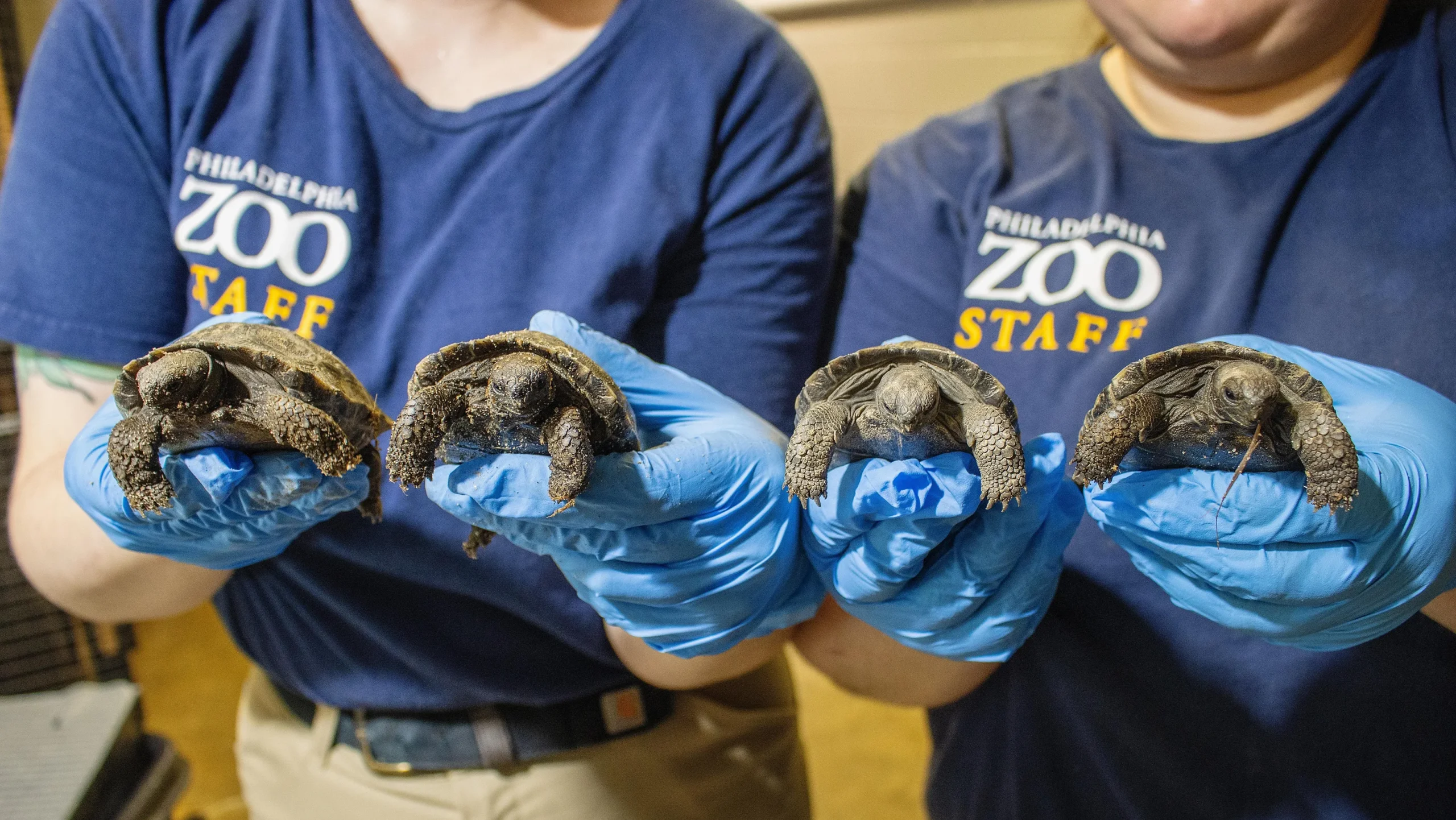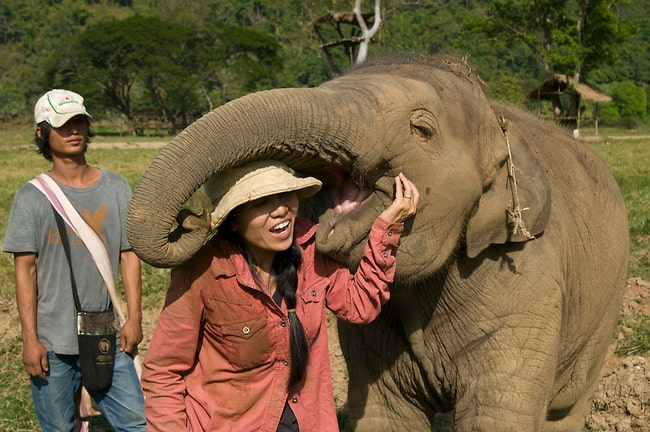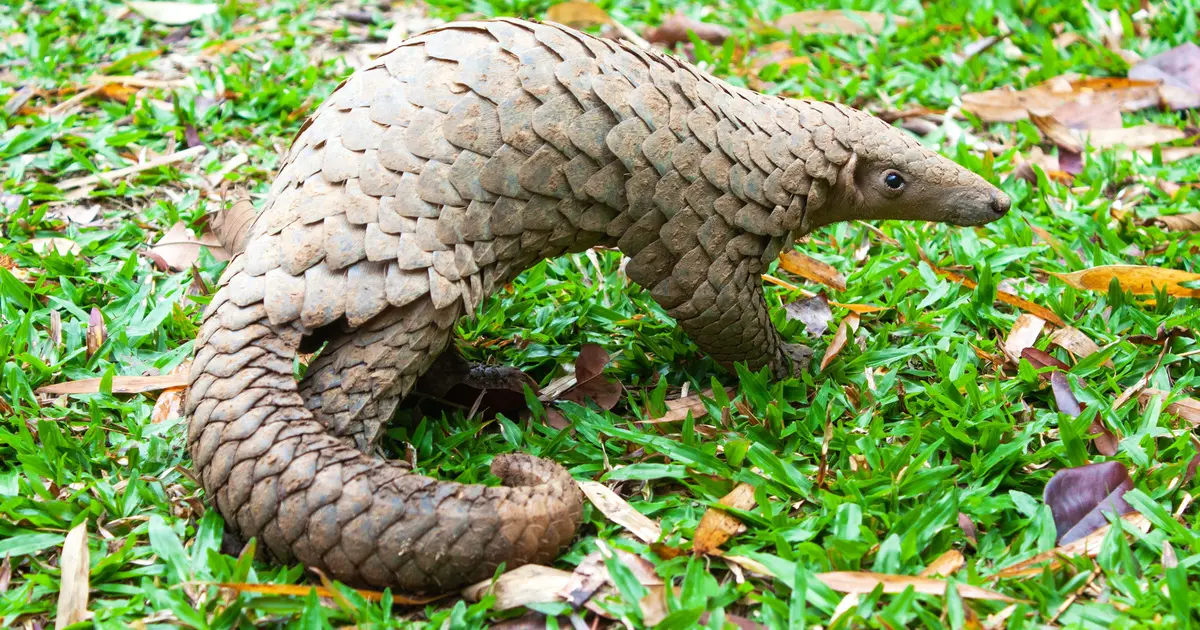A few years ago, I stood in the misty jungles of Borneo, heart pounding as I caught my first glimpse of a Sumatran orangutan swinging through the canopy. Its reddish fur glowed in the dawn light, and I felt a mix of awe and responsibility to protect such a magnificent creature. Asia’s wildlife is a treasure trove of unique species, from elusive snow leopards to playful dolphins, and 2025 is the perfect year to witness them in their natural habitats. This guide dives into 20 incredible Asian animals, where to find them, and why they’re worth your travel bucket list, blending personal stories with expert insights to inspire your next adventure.
Why Asia’s Wildlife Is a Must-See in 2025
Asia’s vast landscapes, from Himalayan peaks to Indonesian reefs, host some of the planet’s most diverse and endangered species. Seeing these animals up close fosters a connection to nature and supports conservation efforts through eco-tourism. With 2025 spotlighting biodiversity, now’s the time to plan your wildlife journey. Let’s explore the creatures that make Asia a wildlife lover’s paradise.
The Iconic Giants of Asia
Asia’s largest animals are breathtaking, not just for their size but for their ecological roles. These giants shape their environments, and spotting them feels like stepping into a nature documentary. Here’s a look at some of the most awe-inspiring.
Asian Elephant: The Gentle Giant
Found in Yunnan, China, and India’s forests, Asian elephants are smaller than their African cousins but just as majestic, standing up to 11.5 feet tall. I once watched a herd in Thailand’s Khao Yai National Park, their trunks playfully tossing water—an unforgettable sight. Visit Xishuangbanna National Nature Reserve for a chance to see them roam.
Indian Rhinoceros: The Armored Marvel
Kaziranga National Park in Assam, India, hosts the world’s largest population of Indian rhinos, with around 2,400 individuals. Their single horn and armor-like skin make them prehistoric-looking wonders. Jeep safaris here offer close encounters, but book early for peak season in 2025.
Saltwater Crocodile: The Mighty Reptile
The world’s largest reptile, growing up to 20 feet, lurks in Southeast Asia’s coastal waters. I felt a chill spotting one in Malaysia’s Kinabatangan River, its eyes glinting above the surface. Sundarbans National Park in India is another hotspot, but guided tours are a must for safety.
Endangered Cats of the Wild
Asia’s big cats are elusive, blending into forests and mountains with stealth. Their declining numbers make sightings rare and precious, urging us to act for their survival.
Bengal Tiger: The Striped Legend
India’s Ranthambore National Park is a prime spot to see Bengal tigers, their orange coats blending into dry grasslands. My heart skipped when I saw one stalk silently during a dawn safari. With only 3,140 wild tigers left in 2025, ethical tours support their conservation.
Snow Leopard: The Ghost of the Mountains
High in the Himalayas, snow leopards roam rugged terrains in countries like Bhutan and Mongolia. Their thick, spotted fur is perfect camouflage. Hemis National Park in India offers guided treks for a slim chance to spot these elusive cats in winter.
Clouded Leopard: The Elusive Feline
Endemic to Southeast Asia, clouded leopards with their mint-like markings are rarely seen. I heard their low growls in Borneo’s Danum Valley, a haunting thrill. Visit Deramakot Forest Reserve in Malaysia for a chance to glimpse them on night drives.
Primates That Steal the Show
Asia’s primates, from cheeky macaques to soulful orangutans, are full of personality. Their intelligence and social behaviors make every encounter memorable.
Sumatran Orangutan: The Red-Haired Wonder
Gunung Leuser National Park in Indonesia is home to critically endangered Sumatran orangutans, with only 13,800 left. Watching one peel fruit with human-like dexterity was humbling. Guided treks here cost around $10, and volunteering at sanctuaries offers deeper connections.
Japanese Macaque: The Hot Spring Monkey
In Japan’s Jigokudani Monkey Park, macaques soak in hot springs, their pink faces glowing in the snow. I laughed watching them splash like spa-goers. Visit in winter for this iconic sight, but dress warmly for the chilly trails.
Red Panda: The Fluffy Charmer
Despite its name, the red panda isn’t a bear but a unique mammal found in China’s Wolong Nature Reserve. Their bushy tails and teddy-like faces are irresistible. Guided tours in spring offer the best sightings, often paired with panda treks.
Marine Marvels of Asia
Asia’s seas teem with vibrant life, from playful dolphins to ancient turtles. Snorkeling or diving here feels like entering another world, with 2025 promising rich marine adventures.
Green Turtle: The Ocean Wanderer
Gili Islands in Indonesia are a haven for green turtles, often spotted on dives. I swam alongside one, marveling at its graceful glide. Book a snorkeling tour with eco-friendly operators like Gili Eco Trust for sustainable encounters.
Manta Ray: The Gentle Giant of the Sea
The Maldives’ Hanifaru Bay hosts the world’s largest manta ray population from May to November. Their wing-like fins are mesmerizing as they feed on plankton. I joined a dive with Manta Trust, learning about their conservation—a bucket-list moment.
Irrawaddy Dolphin: The Smiling Cetacean
Found in Myanmar’s Ayeyarwady River, these dolphins with rounded snouts are endangered but playful. A boat trip in Mandalay revealed their curious leaps, a joyful surprise. Local guides ensure respectful viewing to protect their habitat.
Unique and Rare Finds
Some Asian animals are so rare they feel mythical. Spotting them is a privilege, often requiring remote journeys and expert guides.
Saola: The Asian Unicorn
The Annamite Mountains in Vietnam and Laos hide the saola, a critically endangered antelope with slender horns. With fewer than 750 left, sightings are rare, but conservation tours in 2025 offer hope. I felt their mystique hiking in Pu Mat National Park.
Pallas’s Cat: The Furry Fireball
Mongolia’s Hustai National Park is home to Pallas’s cats, small but fierce with fluffy coats. Their grumpy expressions made me chuckle during a dawn trek. Book with Wildlife Worldwide for expert-led tours in August 2025.
Tibetan Antelope: The Chiru
The Tibetan Plateau’s chiru, with their woolly coats, were once hunted for shahtoosh. IFAW’s conservation efforts have helped their recovery, and you can spot them in Changtang Nature Reserve. Guided tours ensure minimal disturbance.
Birds That Dazzle
Asia’s birds are a riot of color and behavior, from majestic hornbills to elegant cranes. Birdwatching here is a visual feast, especially in 2025’s festivals.
Great Hornbill: The Winged Giant
Found in India’s Western Ghats, great hornbills boast vibrant beaks and a 20-year lifespan. Their loud calls echoed during my Namdapha National Park visit. Naturetrek’s March 2025 tours offer prime viewing opportunities.
Black-Necked Crane: Bhutan’s Lucky Charm
In Bhutan’s Phobjikha Valley, these cranes are celebrated with November festivals. Their graceful dances were a highlight of my trip. Book with Yellowwood Adventures for a cultural and wildlife experience in 2025.
Satyr Tragopan: The Himalayan Jewel
The Himalayan satyr tragopan’s vivid plumage shines in Bhutan’s forests. Spotting one on a Naturetrek tour felt like finding a living gem. March 2025 trips maximize sightings during mating season.
Small but Mighty Creatures
Don’t underestimate Asia’s smaller species—they pack charm and ecological importance. These critters are perfect for close-up encounters.
Asian Small-Clawed Otter: The Playful Pup
Rediscovered in Nepal’s Makalu Barun National Park in 2025, these tiny otters are the world’s smallest. Their playful antics in water charmed me during a river trek. Guided eco-tours support their conservation.
Leopard Cat: The Miniature Predator
Widespread in Southeast Asia, leopard cats with rosette patterns are nocturnal hunters. I spotted one in Thailand’s Khao Yai, its eyes glowing in the dark. Night safaris offer the best chances to see them.
Where to Find These Animals
Planning your 2025 wildlife adventure? Here’s a quick guide to top destinations and operators for ethical sightings.
Top National Parks and Reserves
- Kaziranga National Park, India: Ideal for Indian rhinos and Bengal tigers. Book jeep safaris via Assam Tourism.
- Gunung Leuser National Park, Indonesia: Home to Sumatran orangutans. Licensed guides are required, costing ~$10.
- Hemis National Park, India: Best for snow leopards in winter. Local operators like Snow Leopard Lodge offer treks.
- Hanifaru Bay, Maldives: Manta ray hotspot. Virgin Holidays offers dive packages from $3,975.
- Jigokudani Monkey Park, Japan: See macaques in hot springs. Winter tours are budget-friendly via Japan Rail Pass.
Best Tour Operators for Wildlife Adventures
| Operator | Specialty | Price Range | Best For | Contact |
|---|---|---|---|---|
| Naturetrek | Birdwatching, tigers | $4,995–$6,995 | Hornbills, tragopans | naturetrek.co.uk |
| Wildlife Worldwide | Rare species | $6,995+ | Pallas’s cats, saola | wildlifeworldwide.com |
| Exodus Travel | Photography safaris | $6,879+ | Bengal tigers | exodustravels.com |
| Yellowwood Adventures | Cultural wildlife | $2,899+ | Black-necked cranes | yellowwoodadventures.com |
| Manta Trust | Marine life | $3,975+ | Manta rays | mantatrust.org |
This table helps you pick the right operator for your budget and interests, ensuring ethical and memorable trips.
Pros and Cons of Wildlife Travel in Asia
Weighing a wildlife trip? Here’s a breakdown to help you decide.
Pros and Cons of Independent Travel
Pros:
- Flexible itineraries tailored to your pace and interests.
- Often cheaper, especially with local guides (~$10/day in Indonesia).
- Authentic experiences, like staying in Bhutanese homestays.
Cons:
- Requires research to avoid scams or unsafe areas.
- Language barriers in remote regions like Mongolia.
- Limited access to protected areas without permits.
Pros and Cons of Guided Tours
Pros:
- Expert guides increase sighting chances, like snow leopards in Hemis.
- Safety ensured in risky areas, e.g., Sundarbans for crocodiles.
- All-inclusive packages save planning time.
Cons:
- Higher costs, often $3,000–$7,000 for multi-day tours.
- Less flexibility in schedules or destinations.
- Group dynamics may not suit solo travelers.
People Also Ask
Here are real questions from Google, answered to satisfy your curiosity about Asia’s wildlife.
What is the most unique animal in Asia?
The saola, dubbed the “Asian unicorn,” is incredibly rare, with its slender horns and shy nature. Found in Vietnam’s Annamite Mountains, it’s a conservation priority in 2025.
Where can I see pandas in China?
Giant pandas thrive in Wolong Nature Reserve, Sichuan. Book through China Highlights for guided tours, often paired with red panda sightings, starting at $200.
Are there tigers in Asia?
Yes, Bengal and Siberian tigers roam India and Russia. Ranthambore and Sikhote-Alin Reserve are top spots, with guided safaris ensuring ethical viewing.
What’s the best time to see marine animals in Asia?
May to November is ideal for manta rays in the Maldives and turtles in Gili Islands. Book early for peak season to secure eco-friendly dive operators.
FAQ
How can I ensure ethical wildlife tourism?
Choose operators certified by groups like the Global Sustainable Tourism Council. Avoid sanctuaries allowing direct animal contact, and prioritize conservation-focused tours.
What’s the cost of a wildlife safari in Asia?
Costs vary: $10 for a day in Gunung Leuser to $7,000 for luxury tiger safaris. Budget options with local guides are available in India and Thailand.
Are Asian wildlife tours safe?
Guided tours in reputable parks like Kaziranga or Sundarbans are safe with trained staff. Always follow guide instructions, especially near predators like crocodiles.
How can I help conserve Asian animals?
Support organizations like IFAW or WWF through donations or volunteering. Choose eco-tourism operators that fund conservation, like Manta Trust in the Maldives.
What gear do I need for wildlife spotting?
Bring binoculars, a good camera (e.g., Canon EOS R50, ~$700), and neutral clothing. A guidebook like “Wildlife of Southeast Asia” enhances your experience.
Conclusion
From the misty mountains where snow leopards prowl to the coral reefs where manta rays dance, Asia’s wildlife is a call to adventure. My Borneo orangutan encounter reminded me how these moments fuel our love for nature and drive to protect it. Plan your 2025 trip with ethical operators, pack your sense of wonder, and let these 20 amazing animals inspire a journey you’ll never forget. (Word count: 2,812)
